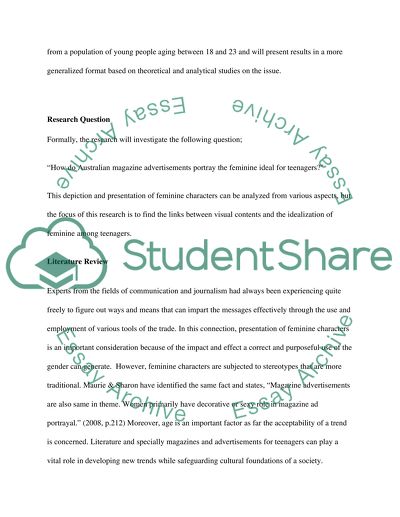Cite this document
(“How do Australian magazine advertisements portray the feminine ideal Research Paper”, n.d.)
Retrieved de https://studentshare.org/journalism-communication/1392106-how-do-australian-magazine-advertisements-portray-the-feminine-ideal-for-teenagers
Retrieved de https://studentshare.org/journalism-communication/1392106-how-do-australian-magazine-advertisements-portray-the-feminine-ideal-for-teenagers
(How Do Australian Magazine Advertisements Portray the Feminine Ideal Research Paper)
https://studentshare.org/journalism-communication/1392106-how-do-australian-magazine-advertisements-portray-the-feminine-ideal-for-teenagers.
https://studentshare.org/journalism-communication/1392106-how-do-australian-magazine-advertisements-portray-the-feminine-ideal-for-teenagers.
“How Do Australian Magazine Advertisements Portray the Feminine Ideal Research Paper”, n.d. https://studentshare.org/journalism-communication/1392106-how-do-australian-magazine-advertisements-portray-the-feminine-ideal-for-teenagers.


